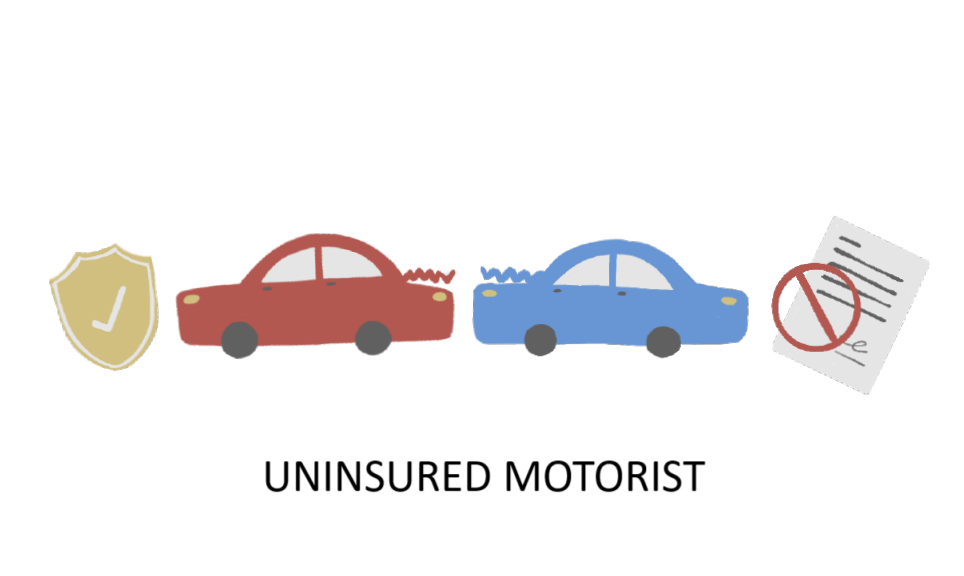Drones are among the most sought-after things for avionics aficionados, and likely most children in the area, as well. These cutting-edge toys were already untouchable for anybody yet the military or police, sporting, and leisure activity utilization of drones has soared as of late.
At the point when my child requested a drone for his birthday, I figured it would be an extraordinary method for inspiring him to invest energy outside. Children and adolescents are so in fact smart nowadays, what could turn out badly? As I before long found out: essentially everything.
Not long after perusing the directions for his new drone, my child set out outside toward his most memorable flight. A couple of moments after he dealt with a flimsy departure, the drone was up to speed by the breeze and beyond his control. All of a sudden, the drone was concealed, and we had no clue about how to cut it down.
We took off by walking to check whether it had descended. It had — been crushed to pieces on top of a vehicle a couple of blocks away. The drone was annihilated. The vehicle was pretty beaten up, as well. What’s the deal?
What I Did after The Crash
In the same way as other sporting drone clients, I had no clue about the thing I was getting into. I didn’t have the foggiest idea how troublesome these “toys” could be to work. I didn’t have the foggiest idea of how normal “flyaways” were (actually look at YouTube if you don’t trust me). Also, I unquestionably didn’t contemplate being on the snare for a large number of dollars (or more) if my wild drone crashed.
My child and I tracked down the proprietor of the harmed vehicle and made our statements of regret, alongside a guarantee to pay for the harm. The vehicle’s proprietor recommended I document an insurance guarantee, yet did I by any chance have inclusion for this sort of thing? Honestly, I hadn’t contemplated sporting drone insurance, yet presently I was trusting that I had some sort of inclusion for the harm we caused to the vehicle — also the obliterated drone.
I conversed with my insurance company and fortunately, I had the option to document a case. Eventually, I gained some significant knowledge about the significance of conversing with my insurance specialist before I buy a thing like a drone. What’s more, I discovered that drones can cause a ton of harm — and might harm individuals. Trifling with my child’s drone was an immense mix-up.
Check Your Inclusion Before You Purchase A Drone
I immediately figured out that while I had some inclusion for the drone crash, I must compensation personal as well. My insurance company covered the harm to my neighbor’s vehicle (thank heavens), however, it didn’t pay for the fix or substitution of the drone.
This is the secret. Most mortgage holders’ insurance strategies, similar to mine, will pay your case on the off chance that you or your relative damages another person or their property with a drone. This sort of episode falls under the obligation piece of mortgage holders or leaseholders’ insurance strategy for the accompanying kinds of cases:
Property harm: Assuming you harm another person’s property (e.g., my neighbor’s vehicle) with your drone insurance strategy probably will pay for the harm. For my situation, my mortgage holder’s strategy covered the harm to the vehicle.
Real injury: On the off chance that you harm somebody with your drone (e.g., my child crashes his drone into an individual rather than a vehicle), your insurance strategy probably will pay for their clinical costs. My property holder’s insurance would take care of wounds to other people, as well.
In any case, you need to check with your particular arrangement. Many home insurance approaches explicitly prohibit the inclusion of airplane, yet radio-controlled model airplanes as a rule are covered. How your home or leaseholders strategy characterizes “airplane” and whether that definition applies to your drone will decide if you have an obligation inclusion for drone-related episodes. This is vital to find out before you fly your drone. On the off chance that my insurance company had characterized my drone as a rejected airplane, my case could never have been paid.
Keep in mind, my mortgage holder’s insurance didn’t pay for harm to my drone. Be that as it may, assuming the drone had been harmed by fire or taken while it was in my carport, it would have been covered under the items piece of my property holders insurance strategy. Under those conditions, my drone would be the same as some other thing in my home or carport. This is because property holders’ approach commonly offers inclusion for things that are harmed or annihilated by specific sorts of “covered risks” — or reasons for misfortune. These are regular occasions like tempests, wind, hail, fire, burglary, and defacement. You won’t find “drone crash” on the rundown of covered misfortunes for your property.
Remember that individual property inclusion is dependent upon your deductible and that your mortgage holder’s strategy, similar to mine, may incorporate a dollar limit. If your drone is worth more than the arrangement’s fundamental dollar limit, talk with your autonomous specialist about buying extra private property inclusion for your drone.
Might It at any point Deteriorate? You Could Be Sued for Attack of Protection.
On the off chance that you think crashing your drone is an issue, think about this. The intrusion of security is a serious worry for sporting drone clients. Drones with installed cameras or different information assortment abilities can accidentally “spy” on others while taking pictures or videos.
Assuming my child’s drone catches photographs of our neighbor sunbathing in the yard, she may be leaning to sue him (me) for the attack of protection. I could be compelled to pay her for harm. Also, the legitimate expenses related to any claim can pulverize.
Might I at some point record an insurance guarantee for this situation? Indeed. The individual injury responsibility piece of my property holders insurance strategy gives inclusion (up to as far as possible) for the attack of security claims. I likewise have an individual umbrella strategy, which would likewise give inclusion to an intrusion of security guarantee on the off chance that the harms surpassed the risk inclusion breaking point of my mortgage holders strategy.
Remember that insurance arrangements bar inclusion for purposeful demonstrations. On the off chance that my child deliberately posted the ethereal photographs of our neighbor via virtual entertainment, I suspect my insurance company would advise me to go fly a kite.
In the meantime, many individuals are properly worried about drones and security. Assuming that you or anybody in your family intends to fly a sporting drone, know about the security concerns and avoid any exercises that could jeopardize you for this sort of claim.
Would it be a good idea for me to Buy Extra Sporting Drone Insurance?
Mortgage holders or leaseholders’ insurance is likely adequate for most sporting drone clients. Be that as it may, assuming that you intend to fly your drone frequently, or you much of the time fly in a space where there is a higher most likely of causing injury or property harm, you might need to think about extra inclusion.
You can buy a drone insurance strategy that blows away what is in your home or leaseholders’ strategy, including clinical and unintentional passing inclusion for your wounds (not covered under home insurance), as well as extra responsibility inclusion. This inclusion would kick in after some other inclusion you have has been depleted.
On the off chance that you fly a drone for business purposes, your property holders or tenants’ strategy doesn’t have any significant bearing. Business drone administrators need extraordinary business drone insurance.
Drone insurance Regulations and Safety Tips
Since my child’s rushed, ill-equipped, and oblivious first drone flight, we have both gleaned tons of useful knowledge. We won’t be flying again until we: a) set aside to buy another drone, and b) have investigated and conformed to all administrative and safety rules, including:
Sporting drones that weigh more than 0.55 pounds should be enlisted with the FAA for a $5 charge. Keep your enlistment authentication in your control consistently while working your drone. Your enrollment should be re-established at regular intervals.
Try not to fly your sporting drone over 400 feet, and keep it inside your view consistently.
Try not to fly inside five miles of an air terminal except if you contact the air terminal and control tower first. Avoid other limited regions (e.g., the White House, army bases).
Tell your neighbors about your drone to try not to create any alerts. We hope this article on drone insurance was helpfull? drop a comment






